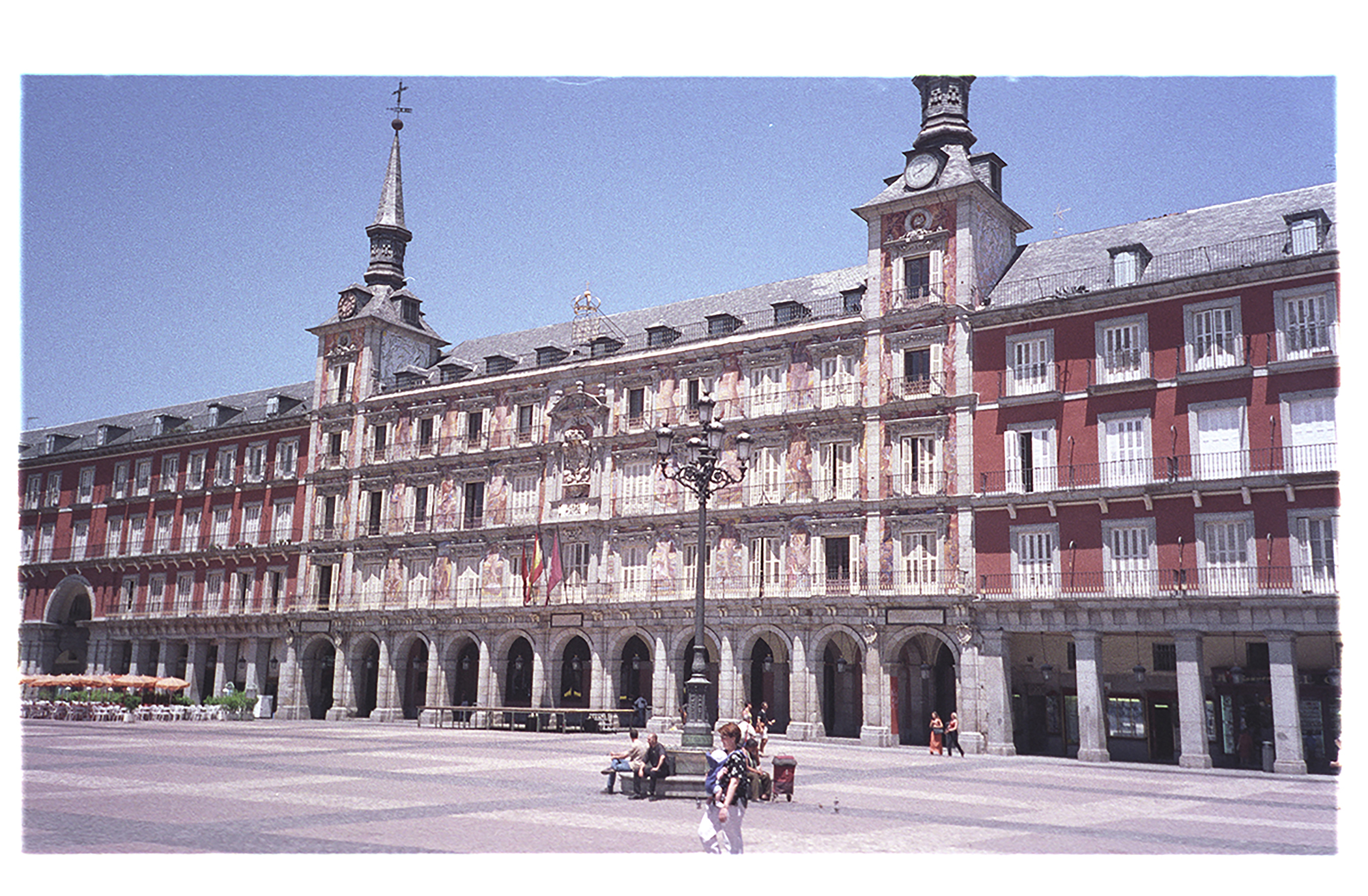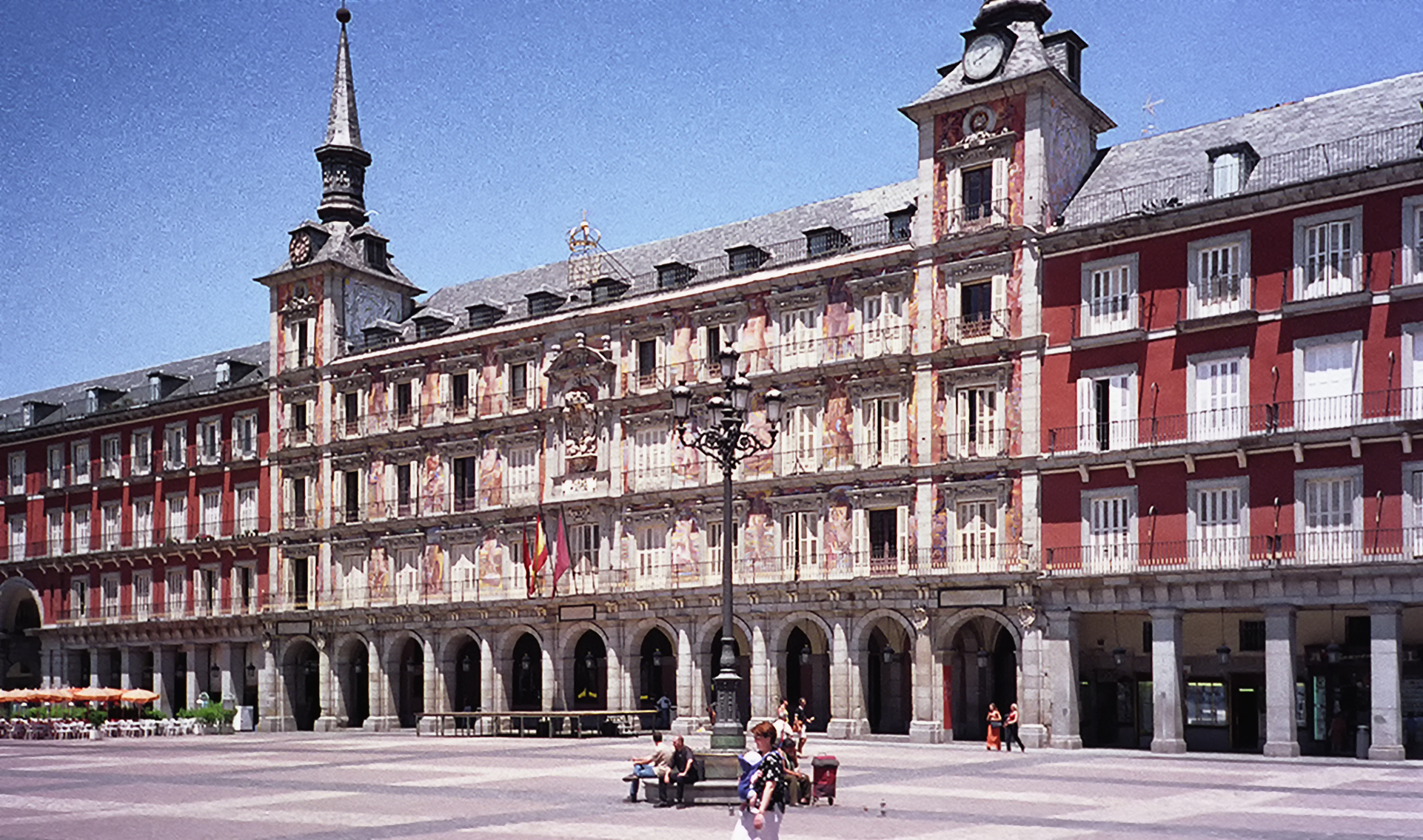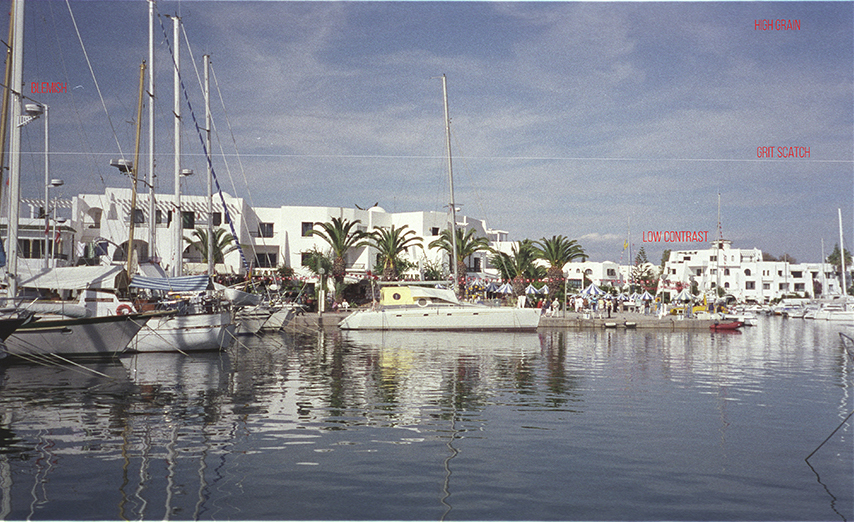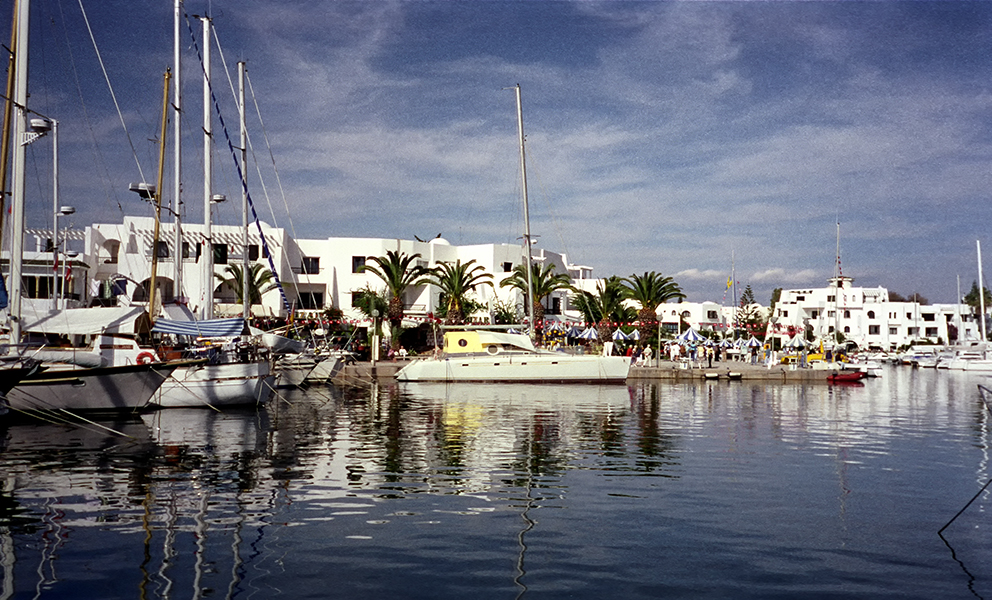APS Film
It is fair to say that overall, as a technology APS film “crashed and burned” very quickly.
The small film size was convenient but it meant it was not used by serious photographers who carried on with 35mm or larger sizes.
As a result the APS cannisters out there mainly have fun shots on them – holidays, families, parties – similar to how many mobile phone cameras are used now. Getting replacement prints from an APS film cannister is getting harder by the week, as is scanning them. The equipment is specialist and demand is low.
We highly recommend ....
We highly recommend scanning APS negatives. The technology was never a leader and it has not been sold for a long time. Most modern scanners do not have the ability to scan APS. We can see the time coming when scanning will be even more limited than today.
APS was used mainly for family photography, there are a lot of memories sitting in cannisters around the country. Scanning them is the best long term way to store them, save them and view them.
APS is still in the tin
APS scanning is different as the negatives do not leave the cannister the film is in so cannot be processed or handled the same way. We do a number of things to compensate for this.
Whilst we will normally brush slides and negatives before scanning to remove dust and some blemishes, we cannot do this with APS.
Any grit or dust that is in the cannister or on the brushes at the opening can scar the film and therefore the scan.
This means we have to do some post processing to compensate for not being able to clean the negative pre scan.
What we do...
We compensate for the weaknesses of APS in our approach. Those weaknesses we give more detail on further down the page. The actions we take are:
Specialised Equipment. We use high end Nikon scanners capable of scanning APS. These are no longer made so we keep ours serviced by Nikon themselves as they really cannot be replaced with new equipment.
Digital software. As the negative can be scratched or damaged the cannister as it enters and exits during scanning, we use digital software to fix some of the problems. There is a before and after showing this on the right of this page.
Likewise, the digital software also helps to fix the lack of contrast and soft colours. There is an example on the left of this page.
The software cannot do it all, the rest we do by hand.
Our main scan is saved as a TIF before we work on it by hand. We supply to you the editing TIF for archiving, a full size JPG for printing and a 4K sized JPG for viewing on a TV or computer.
We return the files to you on DVD or USB drive.
You can download our pricelist here.
APS Film Quality and Print Sizes
With traditional film imaging bigger negatives were used for better quality where portability was not an issue. Weddng and studio photograpers did not use Box Brownies, Kodak 110 Instamatics or half-frame 35mm. They went for more expensive equipment like Hassleblad, Bronica, Mamiya and Rollei to gain the advantages of quality lenses and bigger negatives.
Add into this the lack of pre scan cleansing we have to use software during the scans to compensate. With this software on "strong" settings we find you can get some softening of the image. So we try to use the minimum levels of software and do more correction by hand to preserve sharpness.
APS cameras featured the ability to do panoramic prints and looking through the camera viewfinder you would see a longer and wider image area marked on the screen. The reality is that the negatives were all the same size with the "panoramic" just cropping the area and blowing it up more. In the digital age it is like having a 16 million pixel sensor to produce a 7x 5 print but only using the central 10 million pixels to pdouce a 12 x 5 print. It pulls more from less and often it showed. The negative was electronically marked to tell the print equipment which images were standard or wide.
Our scanners do not read this information. We scan the whole negative and you can crop later if you wish.
Softness Example
The image below is an APS negative, taken in strong light on a Nikon Pronea S, one of the better APS cameras as it could use interchangable Nikkor lenses.
As APS is a small film it was known for high grain and not being as sharp as 35mm, particularly when most APS cameras were of the "point and shoot variety" with lesser quality lenses. Images inevitably will look softer than 35mm.
On the left is the full size image, the right zooms in to show how soft the bare scan is, reflecting the lack of contrast in the negative. We work to fix that.
Full scan
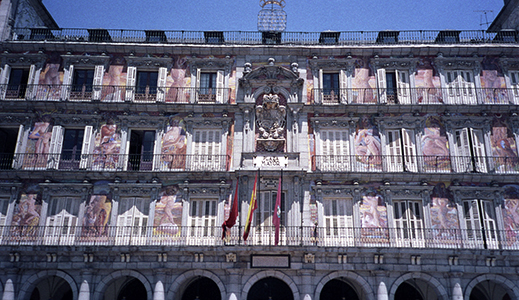
Zoomed Portion

We take the same care with your APS scans as we do taking our photographs. We do the extra work to improve the results as it is what we would expect in a service.

